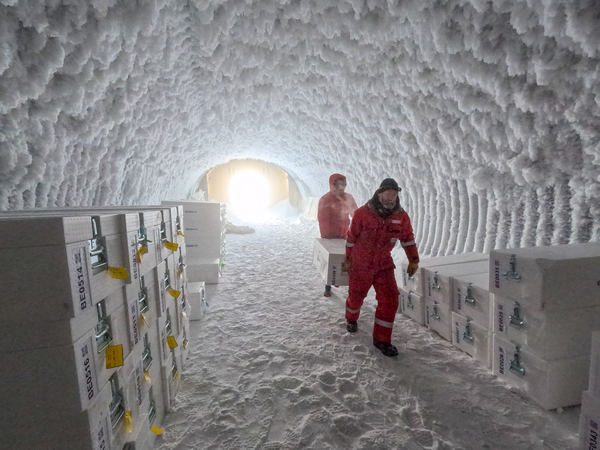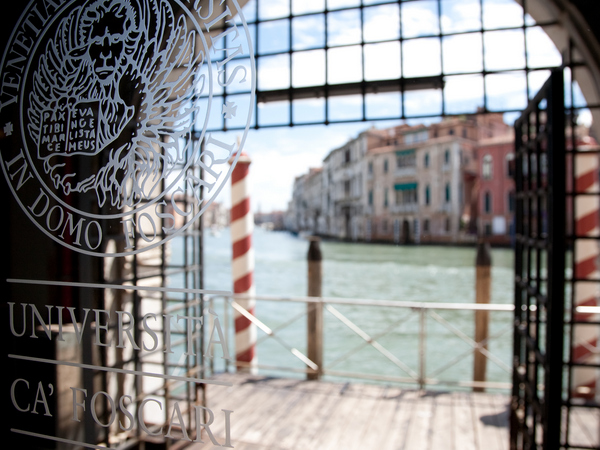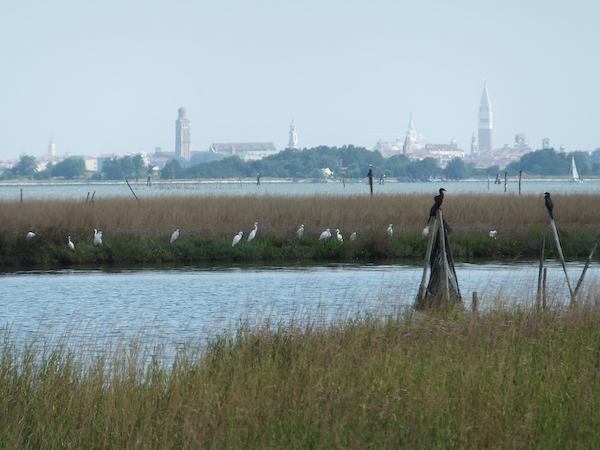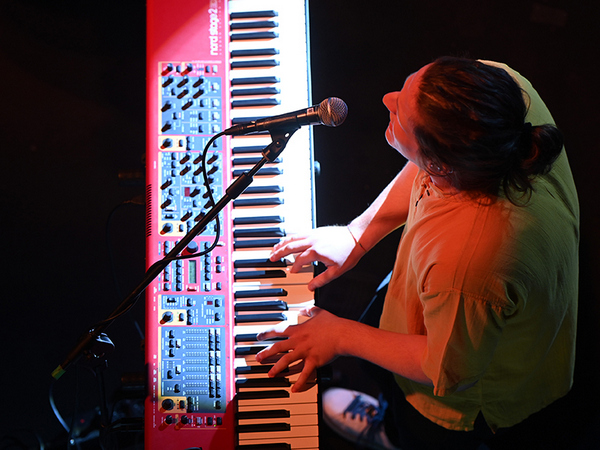In Antarctica, the second drilling campaign of the Beyond EPICA - Oldest Ice project, at the remote field site Little Dome C, has been successfully completed. This project is an unprecedented challenge for paleoclimatology studies and its goal is to go back 1.5 million years in time to reconstruct past temperatures and greenhouse gas concentrations through the analysis of an ice core extracted from the depths of the ice sheet.
Funded by the European Commission with 11 million euros and significant financial contributions from participating nations, the project will last seven years (starting in 2019) and is coordinated by Carlo Barbante, director of the Institute of Polar Sciences of the National Research Council (CNR-ISP) and a professor at Ca' Foscari University of Venice. For this project there are twelve research centers as partners, from ten European and non-European countries. For Italy, in addition to the CNR and Ca' Foscari University, there is the National Agency for New Technologies, Energy and Sustainable Economic Development (ENEA), which is in charge together with the French Polar Institute (IPEV) of the logistics-related work module.
The activities of the Beyond EPICA - Oldest Ice project benefit from synergy with those carried out under the PNRA, the National Program of Research in Antarctica, funded by the MUR and coordinated by the CNR for scientific activities and by ENEA for the operational implementation of the expeditions.
From the end of November 2022 to the end of January 2023, in almost seven weeks of work, the international team reached a depth of 808.47 meters. At this depth the ice preserves information about the climate and the atmosphere of the last 49,300 years. Facing unforeseen setbacks and repairs to the drilling system and delays due to bad Antarctic weather conditions, the team worked hard for two months to nevertheless achieve this important intermediate result.
At first, the weather conditions at Little Dome C made field reopening operations difficult and delayed the team's arrival but organizing the work in two shifts proved successful to continue drilling operations for 16 hours a day without stopping.
The project's final goal is to reach a depth of about 2,700 meters, which represents the thickness of the ice sheet underneath Little Dome C, a 10-square-kilometer area located at 3,233 meters above sea level, 34 kilometers from the French-Italian station Concordia, one of the most extreme places on Earth.
“This season has been intense but brought amazing results thanks to the team’s gigantic efforts: they worked tirelessly for two months at the Little Dome C camp. They first tested the equipment, and then progressed down to the remarkable depth of 808 meters and collected high quality ice cores. This will be the starting point for the next Beyond EPICA drilling season.” said Carlo Barbante, Project Coordinator, Director of the Institute of Polar Sciences of the Italian National Research Council (CNR-ISP) and Professor at Ca' Foscari University of Venice.
As soon as the site was reached, the team's first goal was to complete the installation of the deep ice drilling system and fine-tune it to continue the drilling operations started in the previous campaign. The Alfred Wegener Institute Helmholtz Centre for Polar and Marine Research (AWI) drilling system was adapted to the ice conditions to achieve the best configuration for deep ice coring, using 3.5 m-long drill barrels. The Danish drilling system has been used as a backup system to continue ice core extraction operations, while the engineers ironed out problems with the AWI drill.
In the last days of work, 4.5-m-long drill barrels were tested, and the result was unexpectedly successful: a single 4.52-m ice core was retrieved, the longest ever drilled as part of a European project. “This is a significant achievement for the AWI drill system: this is the longest core ever drilled by a European project. Its significance lies in the fact that at greater depths, where the time to winch down and up the borehole increases incrementally, being able to recover longer cores in each run means that we progress faster with the drilling, and should cut the time needed to reach bedrock, and the Oldest Ice" explained Rob Mulvaney, Chief Scientist for this Beyond EPICA drilling season and Professor at the British Antarctic Survey (BAS), and Frank Wilhelms, Chief Driller for this Beyond EPICA season and Professor at AWI, in the 47th Situation Report sent from the Little Dome C field camp.
This year, the first 217 meters from the Beyond EPICA ice core were also processed at the Cold Lab at Concordia Station, making observations on the cores and measuring its conductivity parameters as well as performing the first cuts. A part of these ice cores will be transferred to Europe for analysis in European laboratories.
A precious ‘ice core’
The climate and the environmental history of our planet is archived in the ice, which can therefore reveal information from centuries and even hundreds of millennia ago on the evolution of temperature and on the composition of the atmosphere. Researchers will thus be able to assess the content of greenhouse gases, such as methane and carbon dioxide, in the atmosphere of the past. Then, they will be able to link these findings with the evolution of temperature.
“We believe this ice core will give us information on the past's climate and the greenhouse gases in the atmosphere during the Mid-Pleistocene Transition (MPT), which happened between 900,000 and 1.2 million years ago,” says Carlo Barbante. “During this transition, climate periodicity between ice ages changed from 41,000 to 100,000 years: the reason why this happened is the mystery we hope to solve.”
The 22/23 field season team
Here are the members of the 2022/2023 team: Frank Wilhelms, Matthias Hüther, Gunther Lawer, Martin Leonhardt and Johannes Lemburg from the Alfred Wegener Institute Helmholtz Centre for Polar and Marine Research (Germany), Robert Mulvaney from the British Antarctic Survey (UK), Julien Westhoff from the University of Copenhagen (Denmark), Romain Duphil from the University of Grenoble-Alpes (France), Romilly Harris Stuart from Laboratoire des Sciences du Climat et de l'Environnement and EU DEEPICE PhD candidate (France), Giuditta Celli PhD candidate at Ca’ Foscari University of Venice (Italy) and associated with the CNR – Institute of Polar Sciences, and Saverio Panichi, Michele Scalet and Andrea De Vito from ENEA — the Italian National Agency for New Technologies, Energy and Sustainable Economic Development (Italy). Markus Grimmer and Florian Krauss from the University of Bern (Switzerland) will provide support from the Concordia Station.










